|
|
Westland
Westland Aircraft was a British aircraft manufacturer located in Yeovil in Somerset. Formed as a separate company by separation from Petters Ltd just before the start of the World War II, Westland had been building aircraft since 1915. During the war the company produced a number of generally unsuccessful designs, but their Lysander would serve as an important liaison aircraft with the Royal Air Force. After the war the company focused on helicopters, and was merged with several other British firms to create Westland Helicopters in 1961.
In 1915 the Westland Aircraft Works was founded as a division of Petters Limited in response to government orders for the construction under licence of initially 12 Short Type 184 seaplanes, followed by 20 Short Type 166 aircraft. The name "Westland" was chosen by Mrs Petter as new land purchased as part of an expansion in 1913 at West Hendford which had been earmarked for a new foundry, but ended up becoming the centre for aircraft production.
From 1959 to 1961 the British government forced the consolidation of 20 or so British aviation firms into three larger groups with the threat of withheld contracts and the lure of project funding. While the majority of fixed-wing aircraft design and construction lie in the British Aircraft Corporation (BAC) and the Hawker Siddeley Group, the helicopter divisions of Bristol, Fairey and Saunders-Roe (with their hovercraft) were merged with Westland to form Westland Helicopters in 1961.
In 2000 Agusta and Westland Helicopters merged to form AgustaWestland.
Wapiti | Lysander |
Sea King |
Lynx |
Super Lynx
Westland Wapiti
The Westland Wapiti was a British two-seat general-purpose military single-engined biplane. It was designed and built by Westland Aircraft Works to replace the Airco DH.9A in Royal Air Force service.
First flying in 1927, the Wapiti entered service with the RAF in 1928, and remained in production until 1932, a total of 565 being built. It equipped twenty squadrons of the RAF, both overseas (particularly in India and Iraq) and at home, remaining in RAF service until 1940, also being used by the Air Forces of Australia, Canada, South Africa and India. It also formed the basis for the Westland Wallace which partly replaced the Wapiti in RAF use.
The Wapiti is named for the wapiti, also known as elk, one of the largest species of the deer family and one of the largest land mammals in North America and eastern Asia.
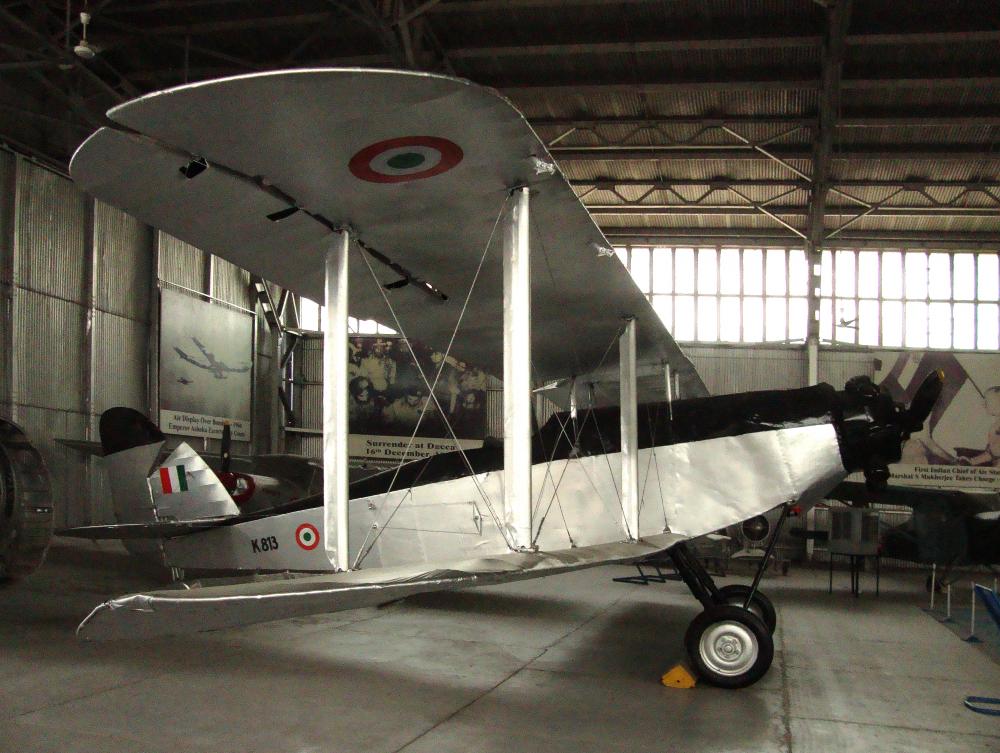
Westland Wapiti, registration K813, built ????, serial number ????
Indian Air Force Museum, Delhi, India, 28 April 2018
Wapiti | Lysander |
Sea King |
Lynx |
Super Lynx
Westland Lysander
The Westland Lysander (nickname "Lizzie") is a British army co-operation and liaison aircraft produced by Westland Aircraft used immediately before and during the Second World War. After becoming obsolete in the army co-operation role, the aircraft's exceptional short-field performance enabled clandestine missions using small, improvised airstrips behind enemy lines to place or recover agents, particularly in occupied France with the help of the French Resistance. British Army air co-operation aircraft were named after mythical or historical military leaders; in this case the Spartan admiral Lysander was chosen.
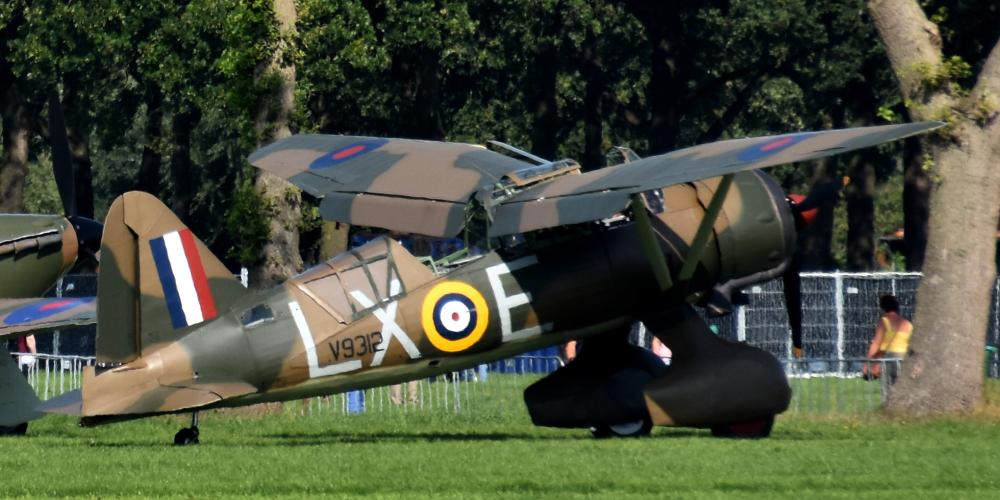
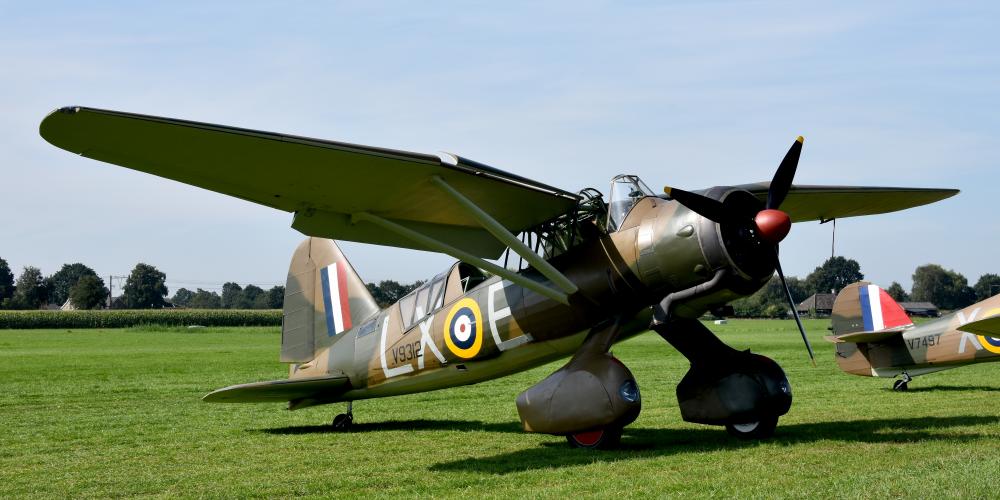
Westland Lysander Mk.IIIA, registration G-CCOM, built 1940, serial number Y1363
Ede, Netherlands, 23 August 2019


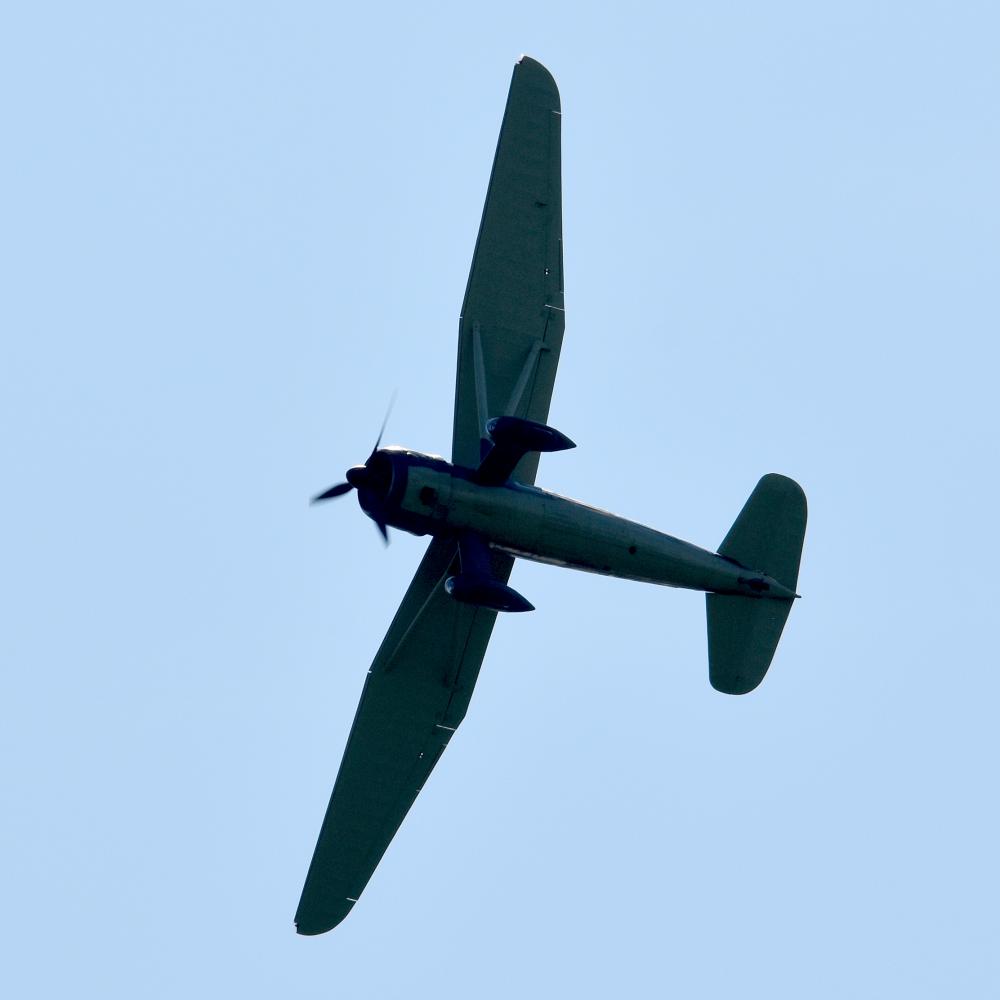
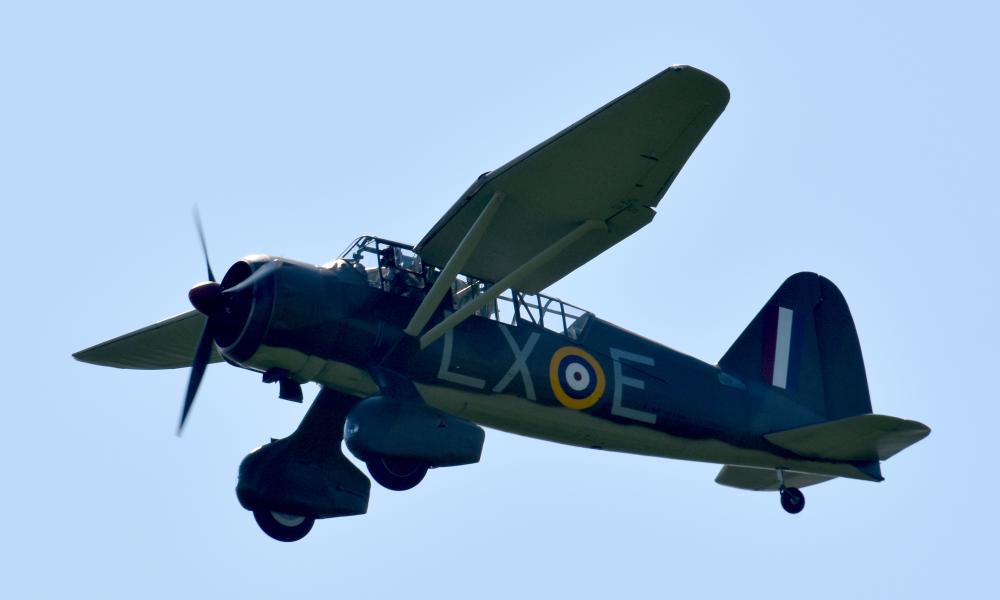
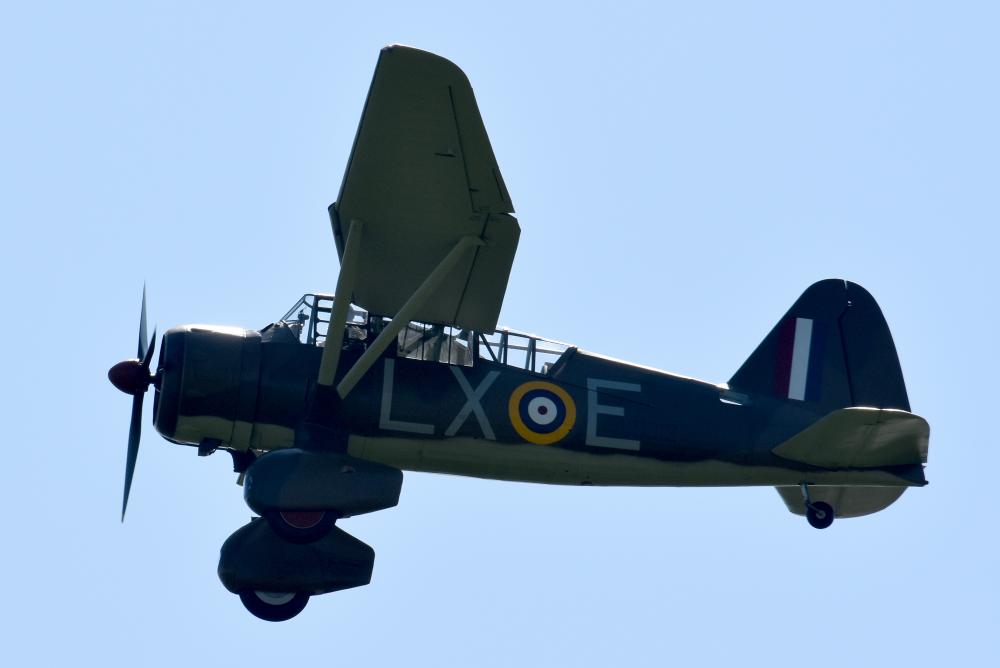
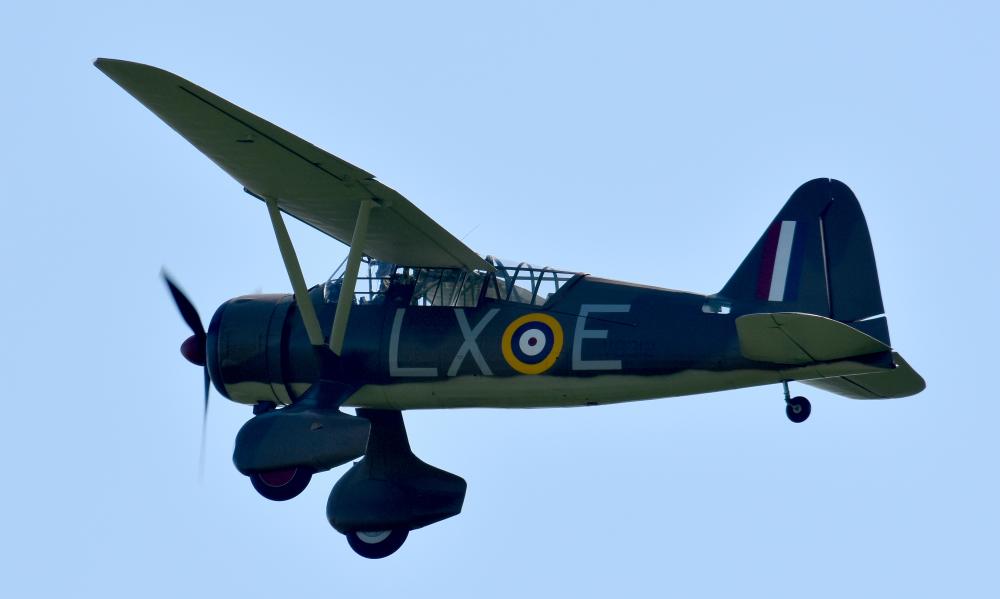
Westland Lysander Mk.IIIA, registration G-CCOM, built 1940, serial number Y1363
Ede, Netherlands, 24 August 2019
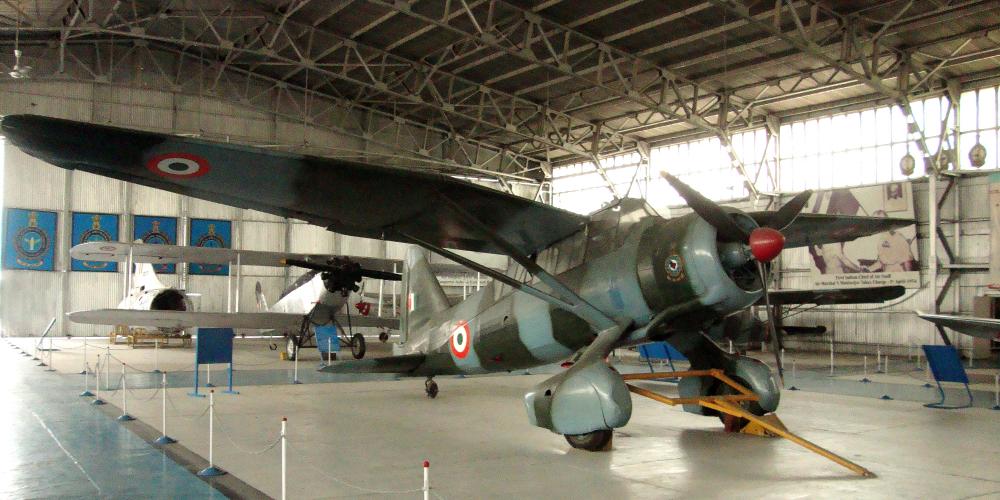
Westland Lysander Mk.IIIA, registration 1589 (RCAF), built 1942, serial number ????
Indian Air Force Museum, Delhi, India, 28 April 2018
Wapiti | Lysander |
Sea King |
Lynx |
Super Lynx
Westland Sea King
The Westland WS-61 Sea King is a British licence-built version (built from 1969) of the American Sikorsky S-61 helicopter of the same name. The aircraft differs considerably from the American version, with Rolls-Royce Gnome engines, British-made anti-submarine warfare systems and a fully computerised flight control system. The Sea King was primarily designed for performing anti-submarine warfare (ASW) missions.
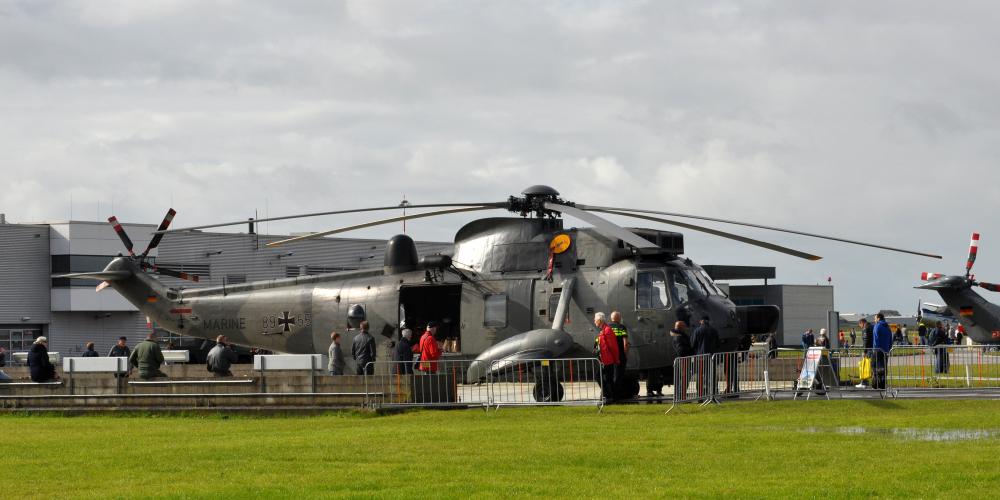
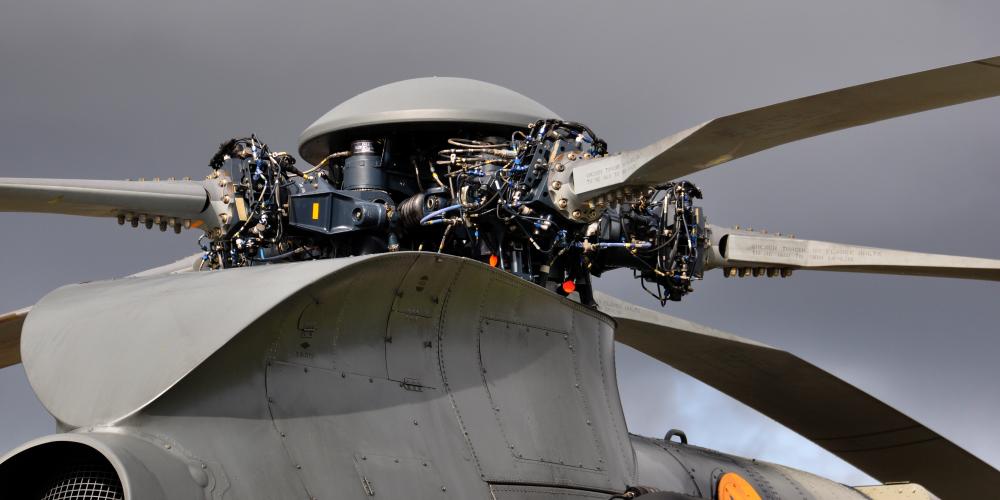
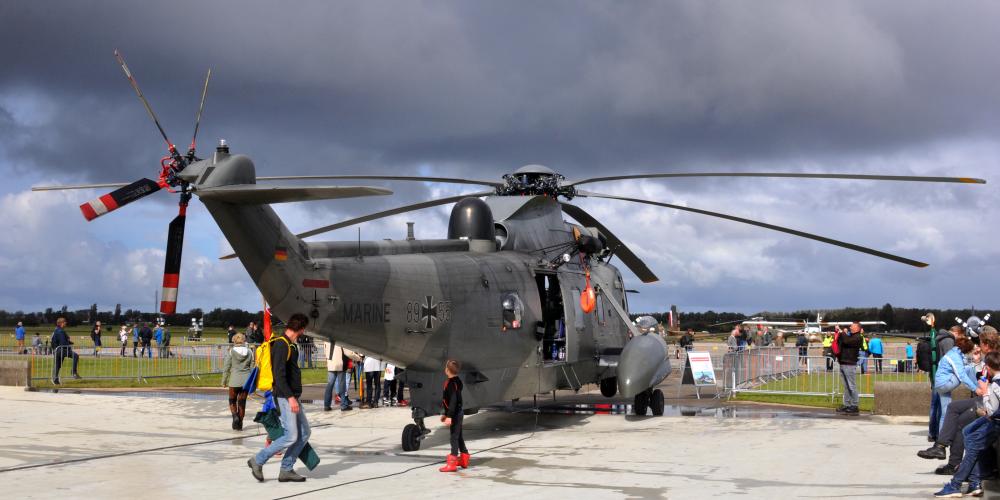
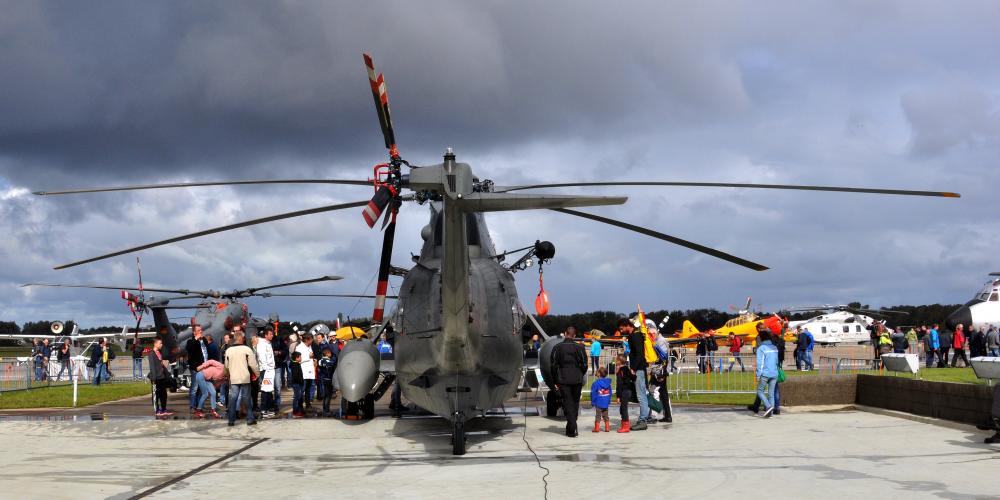
Westland WS-61 Sea King Mk41, registration 89+55, built ????, serial number S61
Den Helder Airport (Maritiem Vliegkamp De Kooy) (DHR/EHKD), Den Helder, Netherlands, 16 September 2017

Westland WS-61 Sea King Mk42, registration IN504, built ????, serial number WA 736
HAL Aerospace Museum, Bangalore, India, 12 May 2018
Wapiti | Lysander |
Sea King |
Lynx |
Super Lynx
Westland Lynx
The Westland Lynx is a British multi-purpose military helicopter designed and built by Westland Helicopters at its factory in Yeovil. Originally intended as a utility craft for both civil and naval usage, military interest led to the development of both battlefield and naval variants. The Lynx went into operational usage in 1977 and was later adopted by the armed forces of over a dozen nations, primarily serving in the battlefield utility, anti-armour, search and rescue and anti-submarine warfare roles.
The Lynx has the distinction of being the world's first fully aerobatic helicopter with the ability to perform loops and rolls. In 1986, a specially modified Lynx set the current Fédération Aéronautique Internationale's official airspeed record for helicopters at 400.87 km/h, which remains unbroken as of June 2017.
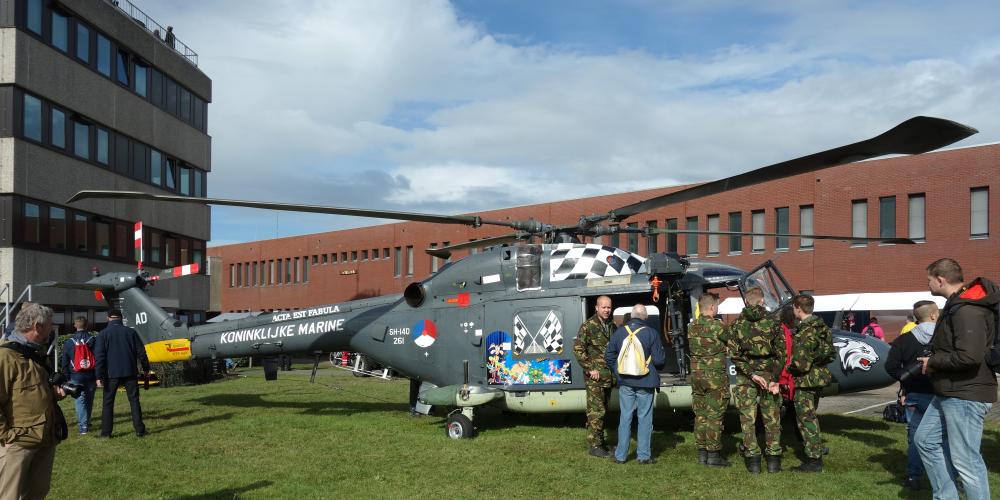
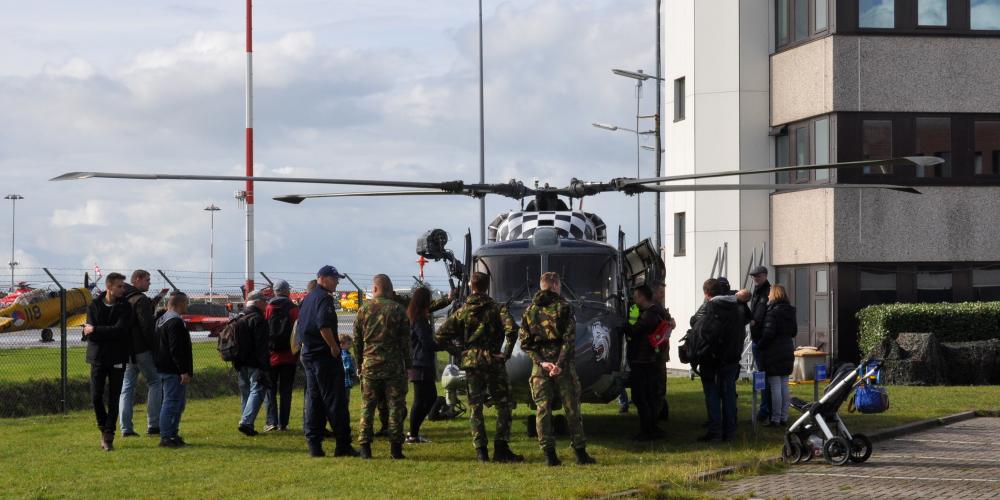
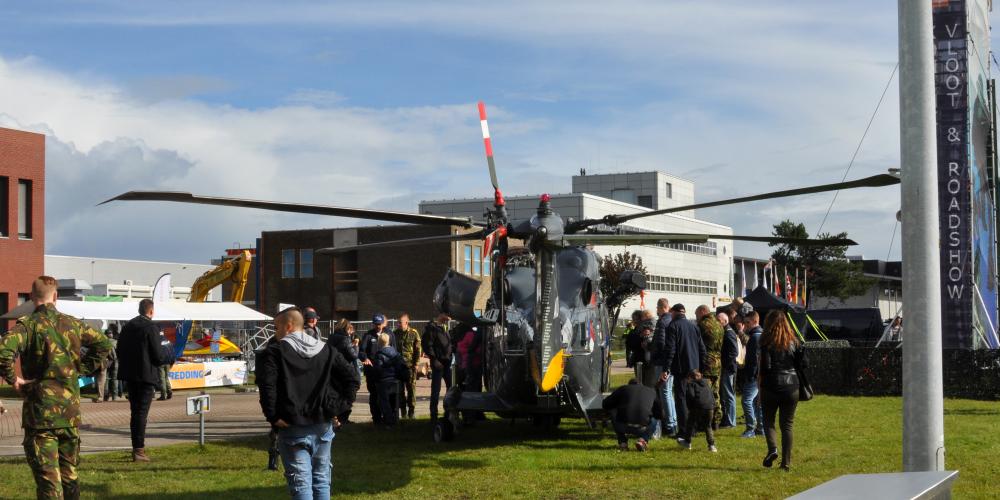
Westland Lynx SH-14D, registration 261, built ????, serial number 007
Den Helder Airport (Maritiem Vliegkamp De Kooy) (DHR/EHKD), Den Helder, Netherlands, 16 September 2017
Wapiti | Lysander |
Sea King |
Lynx |
Super Lynx
Westland Super Lynx
In the early 1990s, Westland incorporated some of the technology from the Naval Lynx-3 design into a less-radical Super Lynx. This featured BERP rotor blades, the Westland 30-derived tail rotor, Gem 42 engines, a new under-nose 360-degree radar installation and an optional nose-mounted electro-optical sensor turret. Royal Navy Lynx HAS.3s upgraded to Super Lynx standard were known in service as the Lynx HMA.8, and several export customers ordered new-build or upgraded Super Lynxes. From the 1990s onwards, Westland began offering the Super Lynx 200, which was equipped with LHTEC CTS800 engines, and the Super Lynx 300, which also had a new cockpit and avionics derived from the AgustaWestland EH101. Both of these models have achieved several export sales. In 2002, Flight International reported that more than 40 variants of the Lynx were in service, numbering almost 400 aircraft having been built for various customers.
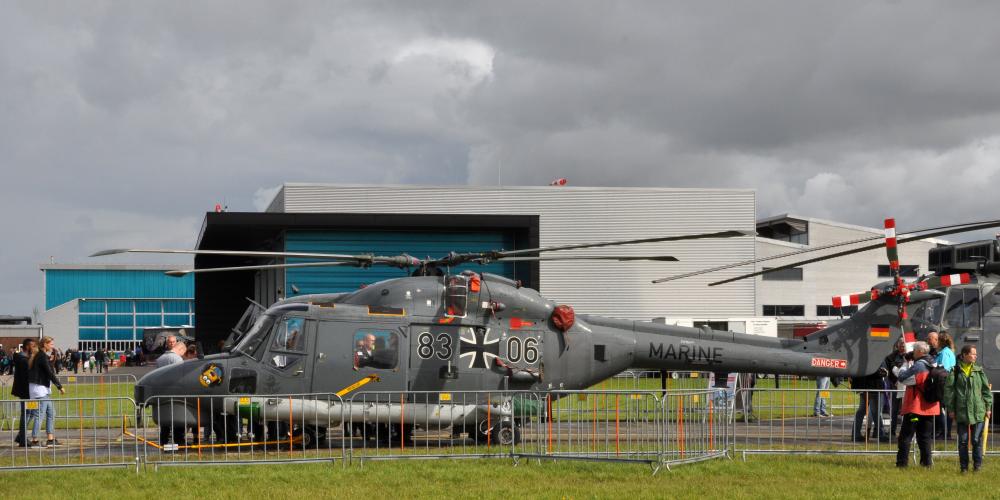
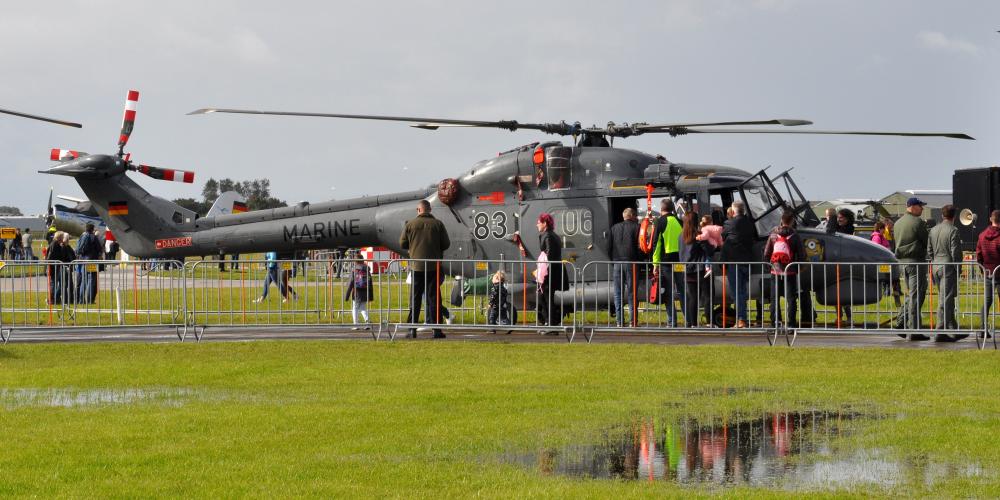
Westland Super Lynx Mk.88A, registration 83+06, built ????, serial number 414
Den Helder Airport (Maritiem Vliegkamp De Kooy) (DHR/EHKD), Den Helder, Netherlands, 16 September 2017
Wapiti | Lysander |
Sea King |
Lynx |
Super Lynx
|



















